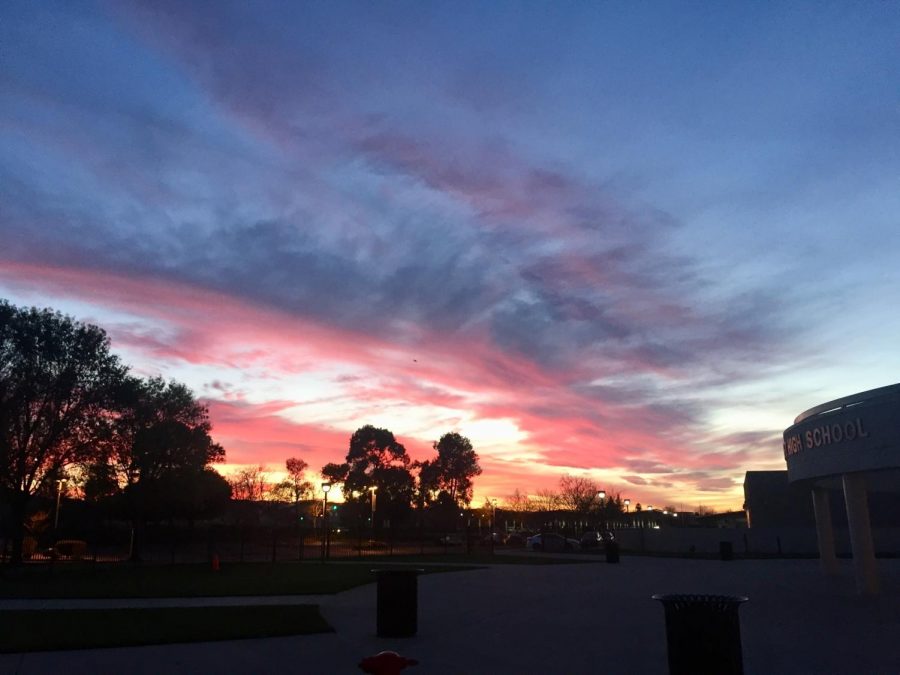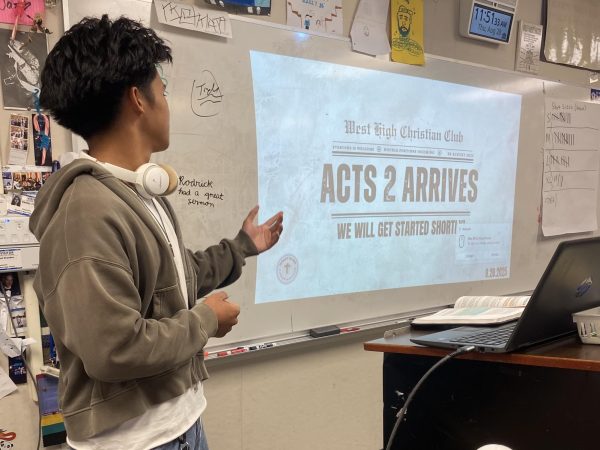Time to fall back
On November 4, our clocks will fall back one hour and Daylight Saving Time (commonly mispronounced as “Daylight Savings Time”) will come to an end, granting us an extra hour of sleep. The sun will then set earlier and nights will become noticeably shorter in comparison to the long summer nights we enjoyed just a couple months ago.
Every year, our clocks spring forward on the second Sunday of March and fall back on the first Sunday in November. The period of time from March to November is what is officially referred to as Daylight Saving Time. Through winter until spring, we follow Standard Time.
Beginning in 1918, Daylight Saving Time was observed irregularly throughout the country, until 1974 when President Richard Nixon signed the Emergency Daylight Saving Conservation Energy Act which implemented the change nationwide. Today, Hawaii, most of Arizona and the five U.S. territories choose not to take part in Daylight Saving Time and they are not alone in their decision. According to TimeandDate.com, less than 40% of the world uses DST, which leaves us to wonder why the U.S. is one of the few nations who has decided to.
It is commonly believed that Daylight Saving Time was put into effect to please farmers, as they would be able to take advantage of the extra light during the spring and summer, but in reality, the intention was much more economically driven. While the main intention was to save fuel, the late sunsets gave one the illusion of having more time after they got off of work which, according to Time Magazine, was hoped to incline Americans to use that “extra time” to shop. The longer hours of daylight also allow people more time to enjoy the outdoors during the warm summer days without parks needing to pay for lights. Farmers, on the other hand, were not completely on board since they would have less time to get their produce to the market before sunrise.
When Daylight Saving ends, sunrise will be around 7 a.m. and sunset will be around 5 p.m. Although the time will change only by an hour, the effects will take some time to get used to. The earlier sunrise will mean that our mornings will be brighter, possibly making it a bit easier to roll out of bed before school. The earlier sunset may affect us by giving the illusion of getting home from school later than usual. This is especially significant for those who participate in extracurricular activities such as sports and clubs since they could be returning home past sundown despite it only being 6 p.m.
Regardless of our opinion of Daylight Saving Time, one thing’s for sure, we will all appreciate the extra hour added to our day on November 4, and whether we use it to check off a few items off our to-do list or to snuggle up in our warm beds, it is completely up to us.





